Planting Peas and Other Early-Spring Crops to Start on now
The dried seeds of the ‘Shiraz Purple Snow’ pea have swelled to three times their original size in a little jar of water on the dining room table. It’s planting day, the start of the spring season in the outdoor garden. These seeds were soaked in water overnight to prepare them for this eventful day.
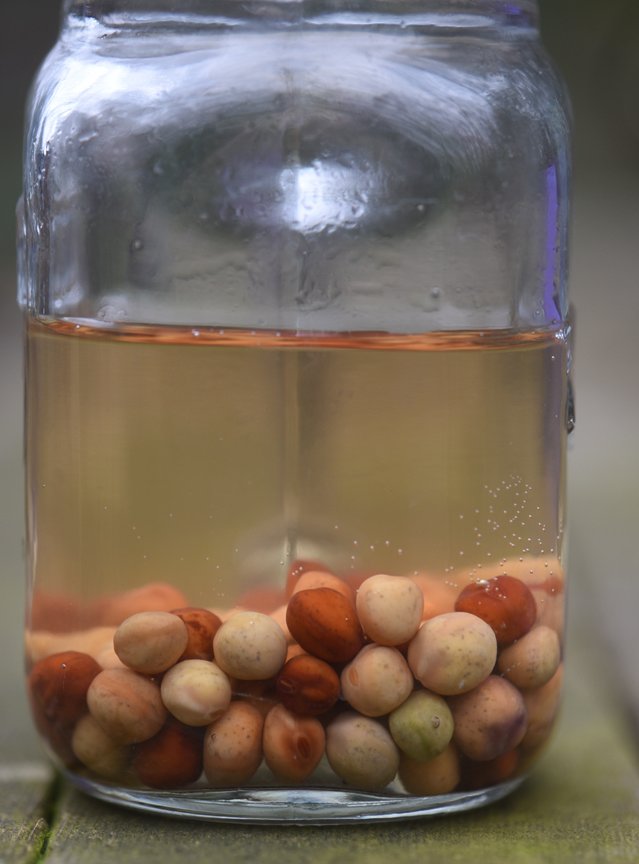
St. Patrick’s Day has long been the traditional day for pea planting — something I’ve written about for decades. I learned about it from my grandmother over 50 years ago, who always made sure her Lisbon, Ohio garden would start the year with a planting of peas on the holiday, regardless of the weather. Back in those days, there was a good chance that lakes were still iced over and there was sometimes even snow on the ground.
Even now, each season brings a new early challenge. Sometimes the soil is too wet or too cold and it would be a mistake to turn the garden over. There’s an old adage that I repeat ad nauseam — if the dirt sticks to the shovel, it’s too wet to dig. Doing so creates clumps that dry to the consistency of bricks and persist for the rest of the season.
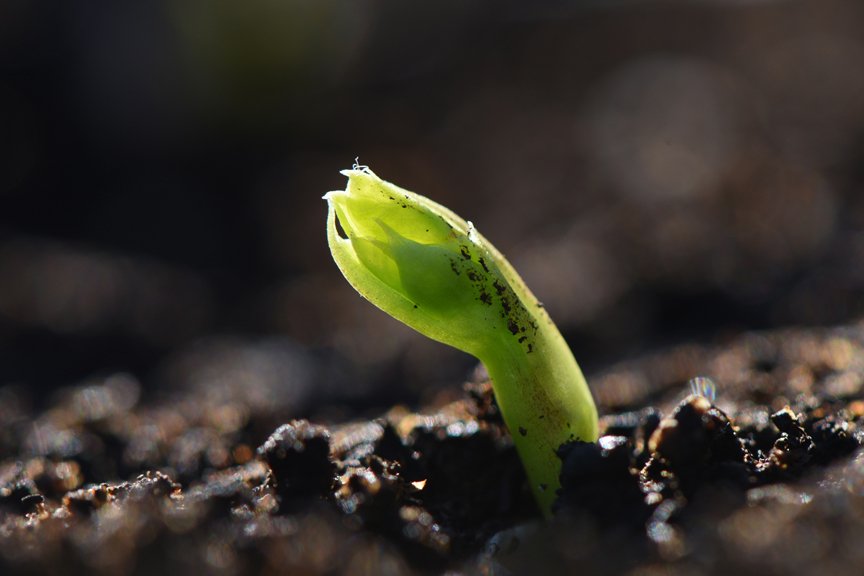
When the weather cooperates, it’s easy. The soaked pea seeds are sown a few inches apart in good soil, watered and lightly mulched with straw to keep them moist until germination.
If the garden isn’t ready for planting, a bag of compost is used on the bed to create an instant planting area.
If snow is still on the ground, peas can be started indoors using peat pots. Peas don’t like to be transplanted, so the peat pot is planted and will decompose over the season.
Many gardeners treat the seeds of peas and other legumes like beans, with an inoculant, which is said to help improve yields. When I can find it at my local nursery, I’ll use it for peas. Even though I’m planting in soil improved with compost, I figure it can’t hurt. It easy to do too. Just mix the granular inoculants with water in a container and then stir in the seeds.
Peas love cool weather, but they don’t have to be planted on the holiday. There is a window of at least a month to get them sowed. I have gardening friends who start their seeds later and pick peas around the same time I harvest. Wait much longer and it gets too hot for them, and they give up.
There are many different varieties. I was impressed with the ‘Shiraz Purple Snow’ from John Scheeper’s Kitchen Garden Seeds that were grown last year, forming dark purple, flavorful flat snow pods. Another bonus is the pretty purple flowers that cover the plant in April. The peas lasted well into the summer, even self-sowing and sprouting again in the fall.
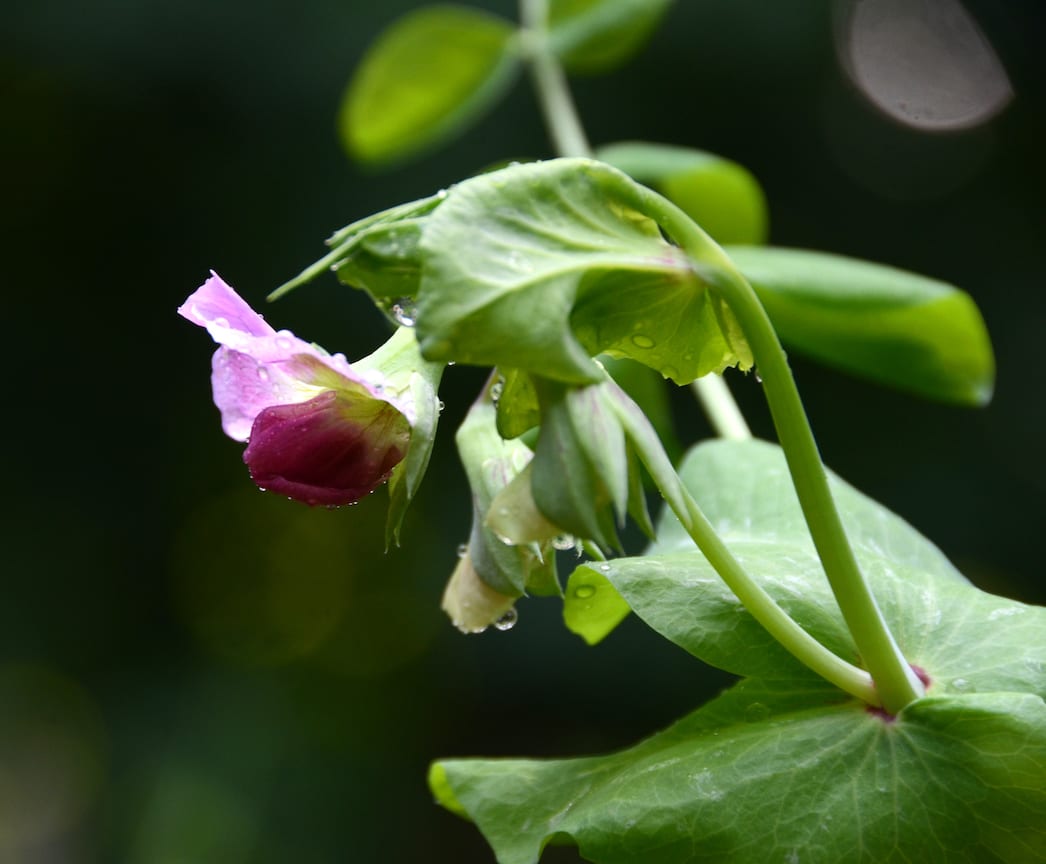
Fall is the other season for peas. Sowing them in August means a late September or early October harvest.
Since I’m partial to snow peas, another variety that has been a staple in my garden is ‘Oregon Sugar Pod II.’ They’ve been in the spring garden for over 20 years. When picked, young the pod and little soft peas are edible. As they get older, snow peas can be harvested as more of a typical shelling pea.
Other popular shelling varieties include ‘Alderman,’ ‘Maestro,’ ‘Green Arrow’ and
‘Lincoln.’ If you want something that’s both interesting and wonderful, take a look at ‘Sugar Magnolia Purple Snap’ pea also from Kitchen Garden Seeds. It has dark purple pods with bright green peas inside. I grew it a couple of seasons ago and loved the variety.
Peas aren’t the only plant that loves cool weather. Seeds of lettuce, arugula, spinach, beets, Swiss chard, tatsoi, mustard greens, mizuna, corn salad and many others can be planted using the same techniques.
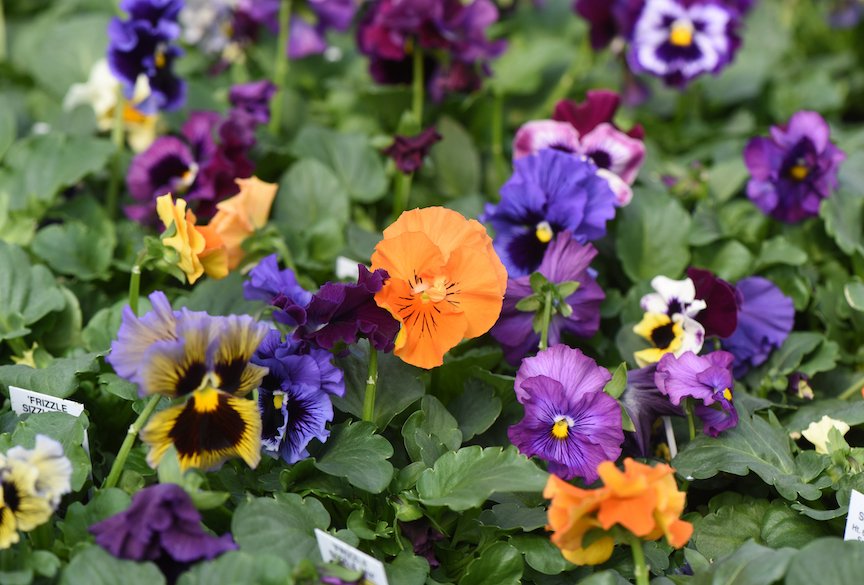
Every season I follow a little trick and use one bed for two different cool weather vegetables. It’s easy, just take a packet of carrot and radish seeds and mix them together. Sprinkle them onto a bed of compost, use your hand to spread them around and get them under the compost and give the bed a good soaking.
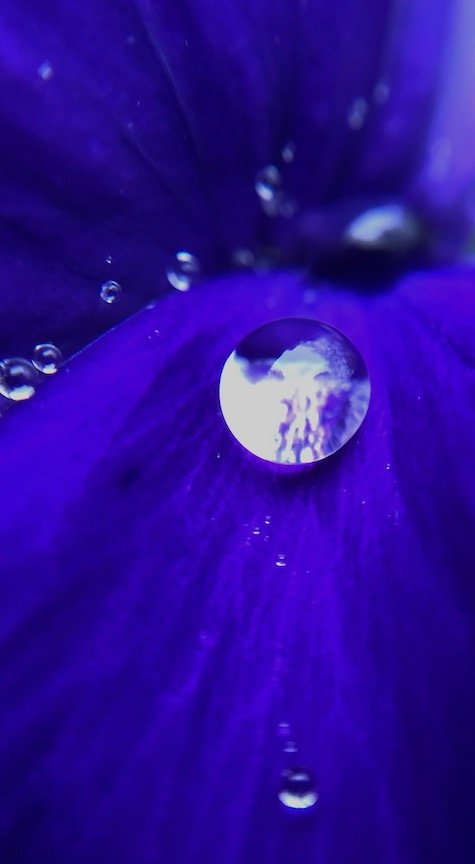
The radishes will sprout first, forming a carpet of green. All root crops need to be thinned so that the root can reach full size. Save the thinnings of the radishes and use them as microgreens. They are highly nutritious, sweet and tender too. The entire seedling is edible when small, from the miniature radish to the top growth.
I do several thinnings over the weeks as a tasty harvest and to allow the radishes to reach fruition. They’ll be ready in about a month — just as the carrots take hold.
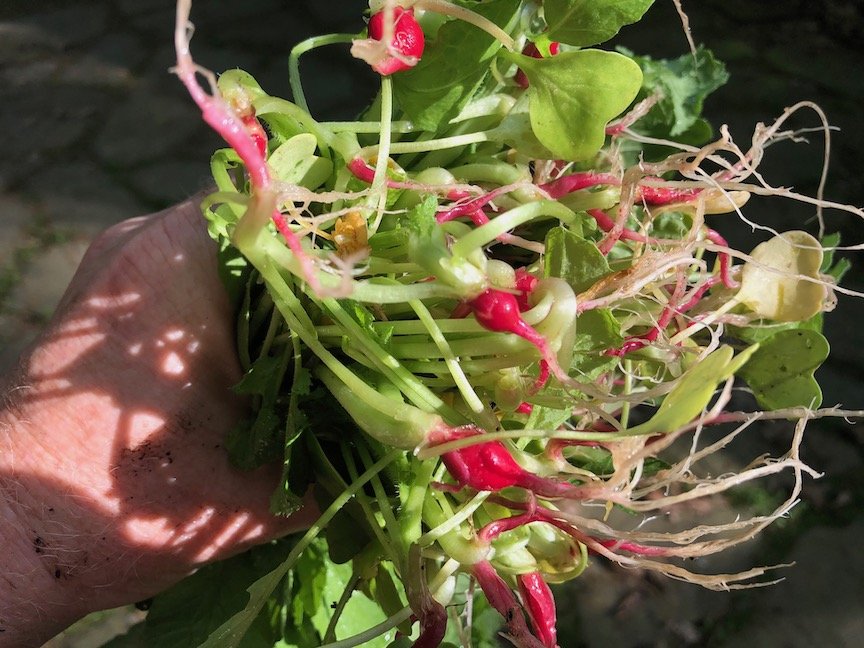
The radishes are harvested, leaving room for the carrots to grow the rest of the summer. Those carrot seedlings will be treated the same way as the radishes were and will provide lots of sweet microgreens.
That first harvest of the thinnings is amazing, as nothing from the grocery story can compare to their freshness and flavor. Imagine picking something from the garden before most gardeners have even thought about planting.
For cold weather beauty, it’s pansies and violas that can be planted right now. I prefer containers early in the year, placed close to the house. They get a little protection from the structure, but they are tough and can take the cold. Some of my fall-planted pansies made it through the winter and are starting to bloom again.
In my garden, the pansies are the stars of the early spring and summer garden. Since they love cool weather, they start to fade in late June to early July. They could be kept going, but won’t be happy.
Since most annual flowers go on sale around that time, a few flats and some plants can be bought cheaply to fill the containers. When the frost hits in the fall, it’s more pansies for the pots and they will thrive until December or beyond.
The garden season doesn’t have to begin in mid-May when all chance of frost is gone. By choosing the right plants and seeds, gardening starts today and that feels great.
I will be teaching four free virtual organic gardening classes every Thursday at 4:30 p.m., beginning on March 25. The classes will cover indoor and outdoor seed sowing, composting, soil amendments, organic pest and disease management, gardening with children and much more. Classes sponsored by Farm to Table of Western Pennsylvania. For details and registration information go to here.

